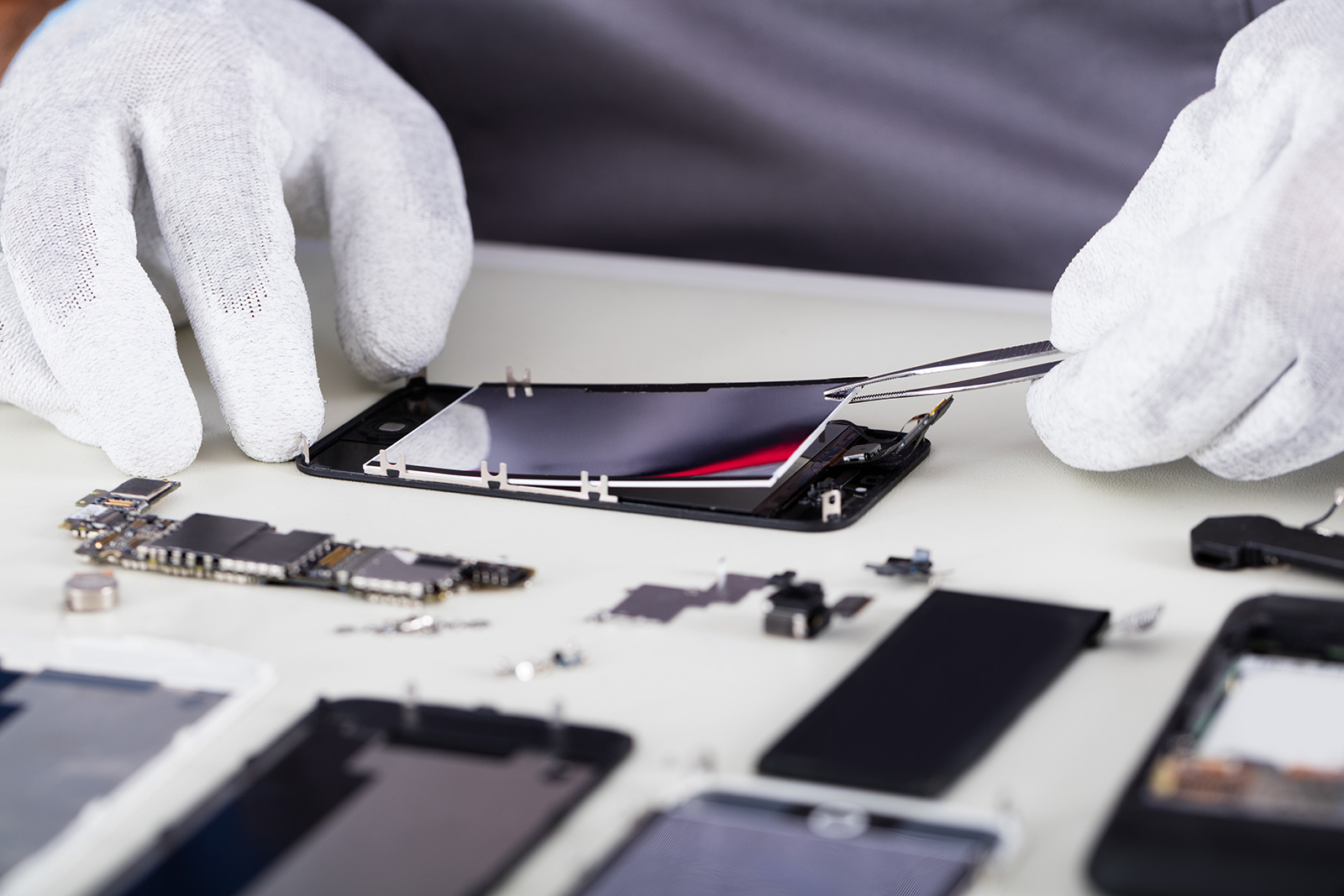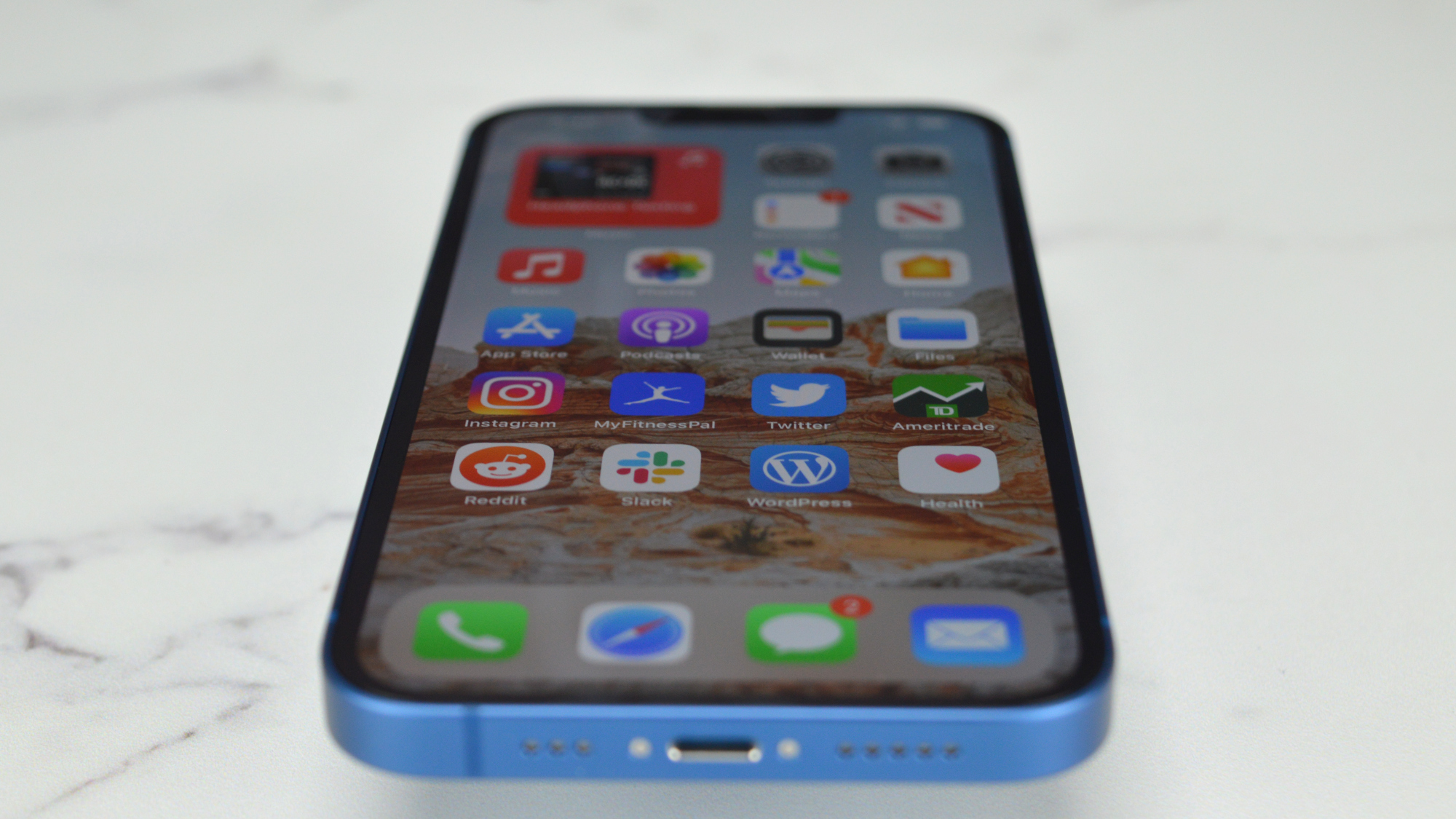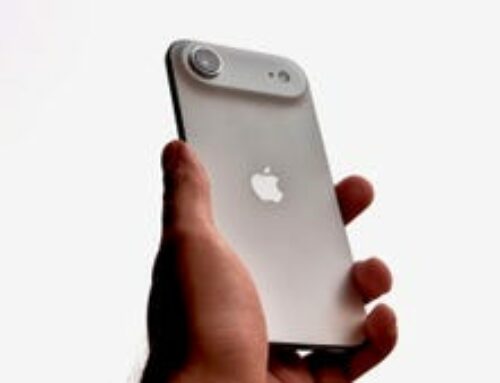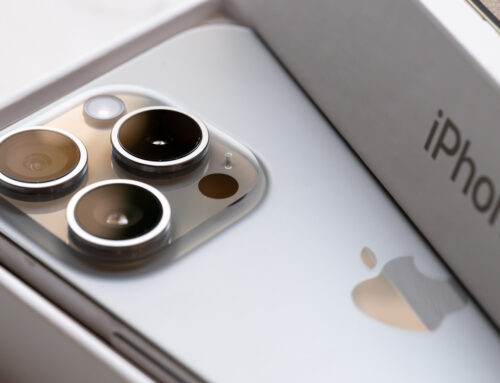Back when the iPhone 13 was first released, a teardown video from Phone Repair Guru revealed that Apple had made the iPhone 13 more difficult for third-party repair shops to work with. Now, iFixit has confirmed the news, which could spell trouble for many phone repair shops that rely on iPhone fixes to get by.
According to iFixit, removing the screen and replacing it on an iPhone 13 completely disables Face ID. The screen is by far one of the most common repairs that smartphone users have to make for their devices. For a time, it was also considered one of the simplest repairs that third-party shops could perform. Now, though, Apple could be threatening all of that.
iPhone 13 screen repairs make a simple fix almost impossible
 Image source: karepa/Adobe
Image source: karepa/AdobeThe reason that this change is so important, and disturbing to repair shops, is because it takes a simple fix and turns it into a complex one. For years, smaller repair shops have worked to repair the screens on iPhones for their communities. It’s a fix that someone could even complete at home, so long as they had the correct set of hand tools.
Now, though, fixing the screen on an iPhone will require a microscope. Shops will also need to join Apple’s Independent Repair Program, which has been found to be invasive to both consumers and the shops themselves.
Without those tools, getting Face ID working on an iPhone 13 is almost impossible. There is a workaround, iFixit says, but it isn’t an easy one to pull off. Considering how popular iPhones are, and how large a chunk they account for repairs, this move could hurt the repair industry a lot.
Adding nails to the coffin
 Image source: Andrey Popov/Adobe
Image source: Andrey Popov/AdobeiFixit says that this isn’t the first time we’ve seen Apple pushing its own agenda on the repair industry, though. The company also says that without any solid right-to-repair laws, we’ll continue to see things like this happen.
In the past, iPhone repairs have created issues with Touch ID, the batteries, and even the cameras. Some say that the Face ID issue is just a bug, and that a future update will resolve it. However, iFixit doesn’t seem convinced. While it is possible that this could be a big bug, the phone repair industry is one that Apple has been trying to get a stronger hold on for years.
By cutting off one of the most essential security functions within its flagship device, Apple could be pushing one of the biggest changes the smartphone repair industry has ever had to go through.







